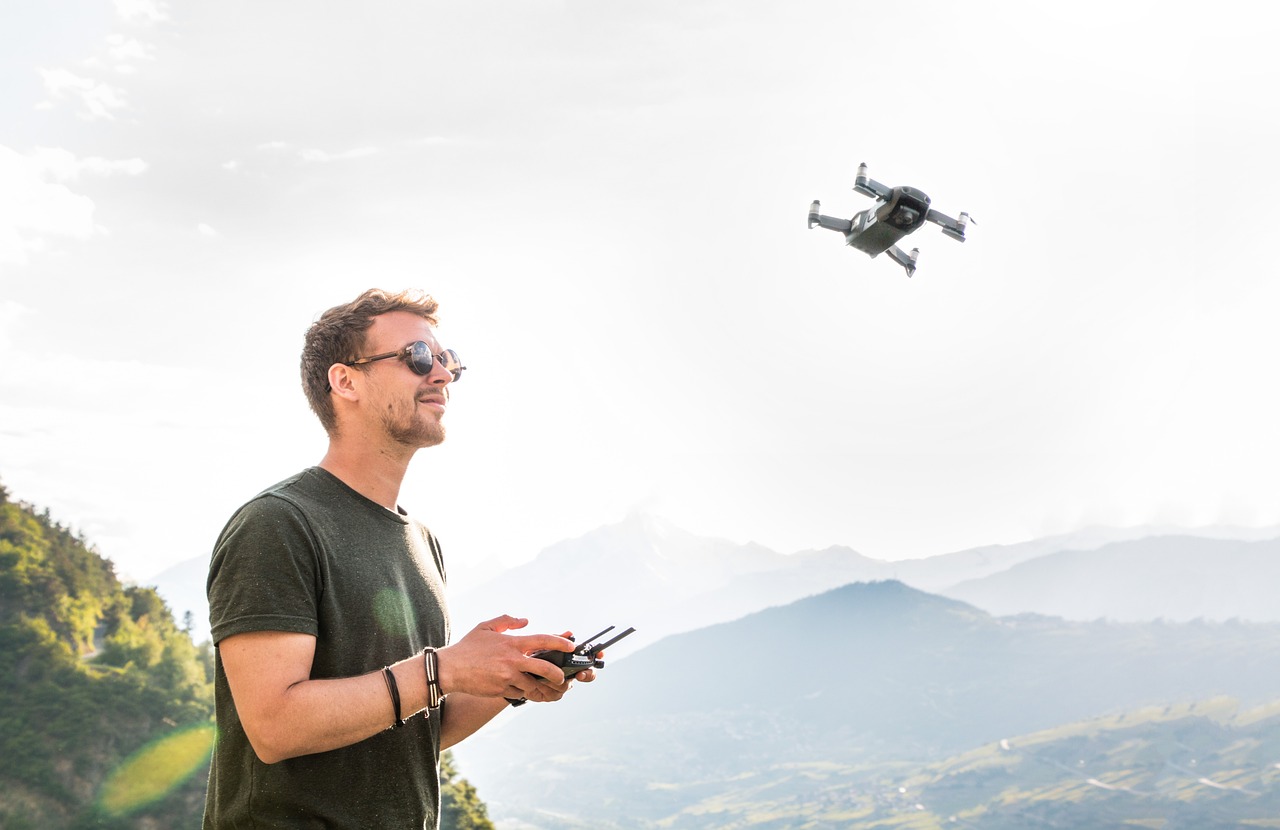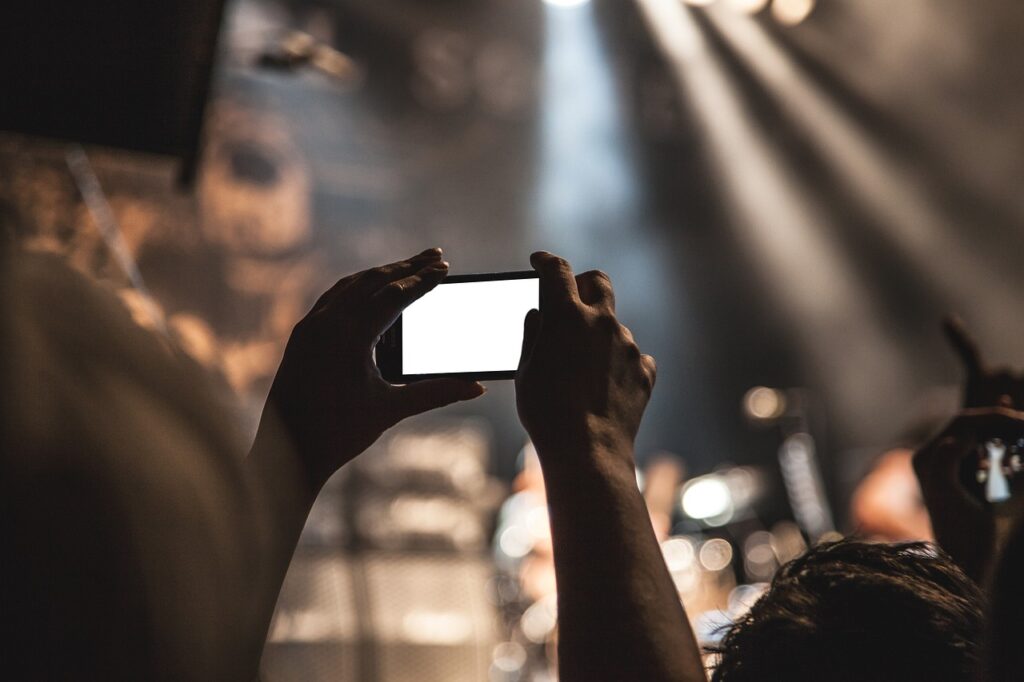
Mobile Drone Cameras
Introduction
In the rapidly evolving world of technology, mobile drone cameras have emerged as a transformative innovation, blending aerial photography with mobile convenience. These devices have revolutionized various industries, from filmmaking and real estate to agriculture and disaster management. This article delves into the evolution, technology, applications, and future of mobile drone cameras, showcasing their significant impact on both professional and personal realms.
The Evolution of Mobile Drone Cameras
The concept of drones has been around for decades, initially designed for military and surveillance purposes. However, the introduction of mobile drone cameras brought these flying devices into the consumer market, marking a significant shift. Early drones were bulky, expensive, and challenging to operate. Their cameras offered limited resolution and stabilization features.
With advancements in technology, mobile drone cameras have become more compact, affordable, and user-friendly. The integration of high-resolution cameras, GPS, and intuitive controls has democratized aerial photography, making it accessible to hobbyists and professionals alike. The evolution from rudimentary, low-resolution images to high-definition and 4K video capabilities illustrates the rapid technological progression in this field.

Technological Advancements
Several key technological advancements have driven the development of mobile drone cameras:
- Camera Quality: Modern mobile drone cameras boast high-resolution sensors, allowing users to capture stunning images and videos. Innovations such as gimbal stabilization ensure smooth footage, even in windy conditions.
- Battery Life and Flight Time: Improvements in battery technology have extended flight times, enabling users to capture longer sequences without frequent recharges. Enhanced power efficiency also contributes to longer operational periods.
- GPS and Navigation Systems: Advanced GPS and navigation systems enable precise control and autonomous flight. Features like waypoints, return-to-home, and obstacle avoidance enhance safety and ease of use.
- Compact Design: The development of foldable and lightweight drones has made them more portable, allowing users to carry them easily and set them up quickly in various locations.
- Smart Features: Integration of artificial intelligence (AI) and machine learning has introduced smart features such as automatic tracking, object recognition, and gesture control, further enhancing the user experience.
Applications Across Industries
Mobile drone cameras have found applications across numerous industries:
- Film and Photography: In filmmaking and photography, mobile drone cameras offer unique perspectives and dynamic shots that were once difficult to achieve. They enable aerial views of landscapes, events, and scenes, enhancing visual storytelling.
- Real Estate: Real estate professionals use drone cameras to provide comprehensive aerial views of properties, highlighting features such as proximity to amenities and overall layout. This offers potential buyers a more detailed understanding of properties.
- Agriculture: In agriculture, drones equipped with specialized cameras monitor crop health, assess soil conditions, and optimize irrigation practices. This technology helps farmers make data-driven decisions, improving yield and sustainability.
- Disaster Management: During natural disasters or emergencies, mobile drone cameras assist in assessing damage, locating survivors, and delivering real-time information to first responders. Their ability to access hard-to-reach areas proves invaluable in crisis situations.
- Environmental Monitoring: Environmental scientists use drones to track wildlife, monitor deforestation, and study climate change effects. The high-resolution imagery provided by drones contributes to more accurate data collection and analysis.
Challenges and Considerations
Despite their many benefits, mobile drone cameras face several challenges:
- Regulatory Issues: The use of drones is subject to regulations that vary by country and region. Pilots must adhere to rules regarding airspace, privacy, and commercial use, which can impact their operations.
- Privacy Concerns: The ability of drones to capture detailed imagery raises privacy concerns. It’s crucial for operators to respect privacy laws and obtain necessary permissions when filming in sensitive areas.
- Technical Limitations: While technology continues to advance, drones still face limitations such as battery life constraints, weather-related issues, and potential interference with GPS signals.
The Future of Mobile Drone Cameras
The future of mobile drone cameras promises continued innovation. Emerging technologies like 5G connectivity, advanced AI algorithms, and improved battery solutions will further enhance drone capabilities. The integration of augmented reality (AR) and virtual reality (VR) could also expand the ways drones are used in various applications.
As drone technology becomes more sophisticated and accessible, it is likely that mobile drone cameras will become even more integral to various sectors, offering new possibilities for creativity, efficiency, and problem-solving.
Conclusion
Mobile drone cameras have significantly transformed the way we capture and interact with our environment. Their evolution from basic devices to advanced tools reflects broader technological advancements and changing user needs. As technology continues to advance, mobile drone cameras will undoubtedly play an increasingly pivotal role in numerous industries, shaping how we view and understand the world around us.








